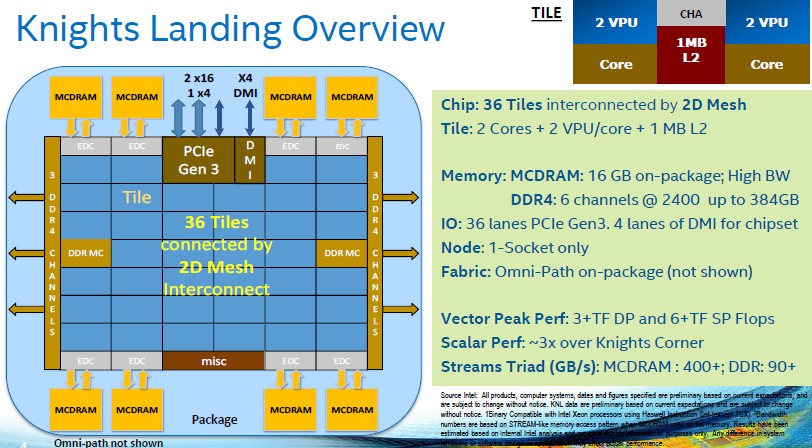Originally posted by pal666
View Post
Maybe you should start here https://en.wikipedia.org/wiki/X86.
Too obvious for you.
Originally posted by pal666
View Post
x86 is not tied to AVX, since there are x86 CPUs without AVX.
But AVX is tied to x86, and that's perfectly normal logic.
Originally posted by pal666
View Post
So no, you're still full of shit and don't know shit. You can't even make compilers use the stack pointer for "other stuff", but you CAN make the other two registers you whined about, in fact they're the fucking default (the options I gave you) so take a piss.





Comment